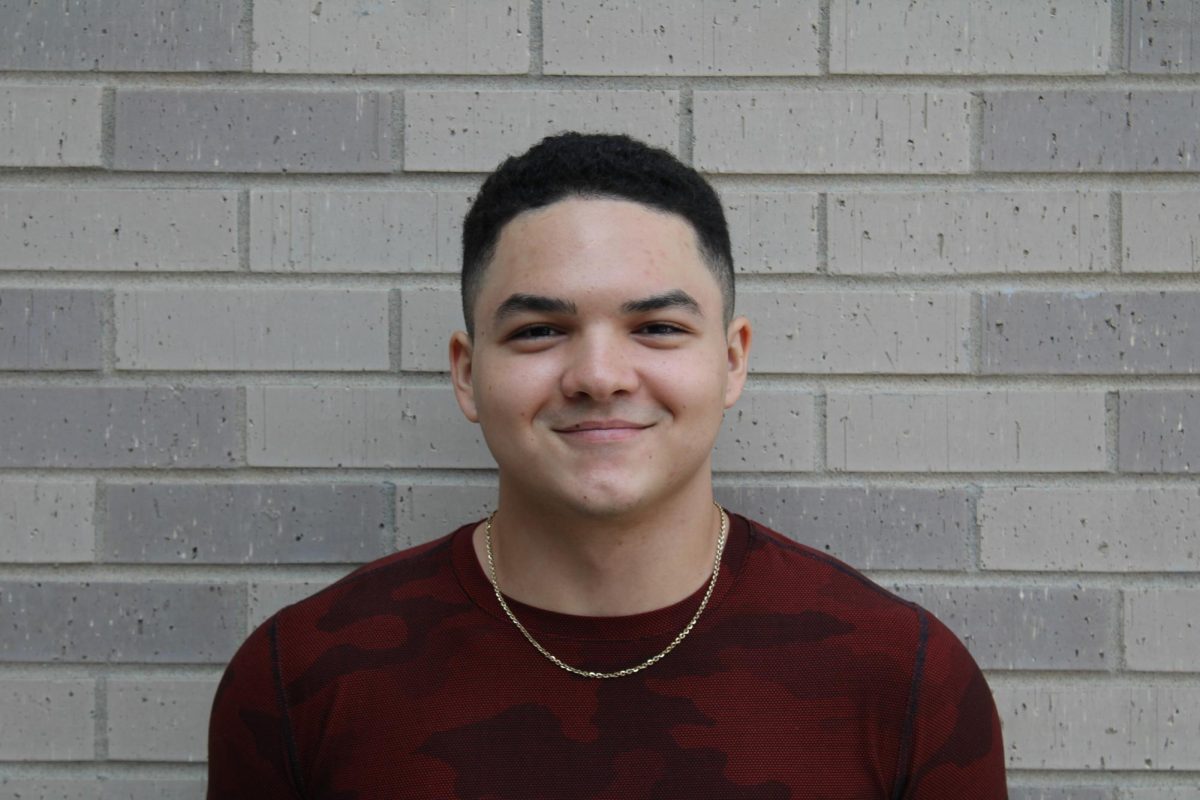On Oct. 16, U.S. Justice Amy Coney Barrett took the stage at the University of Minnesota’s Northrop auditorium to a crowd of 2,000 onlookers, which included students, judges and lawyers. As she talked about advice she would give to law students, a group of protesters ten times smaller than that of the auditorium crowd waved pickets outside the building, with Coney Barrett’s eyes crossed out above common pro-choice and other explicit slogans. Unsurprisingly, despite Coney Barrett’s lack of attention to the topic during her 90-minute speech, the debate around her invitation to the University of Minnesota centered on her part in striking down national abortion protections and affirmative action.
Students should always have the right to protest, and it was a mistake that University of Minnesota administrators did not at all acknowledge the concerns posed by students about the invitation of Coney Barrett. Negative student reaction to Amy Coney Barrett’s speech at the university was decisive immediately following the announcement, with students saying that she was not representative of young voices by voting to repeal reproductive rights — a justified resentment but one which also dismisses the specifics of her speech. She was given questions by U of M professor Robert Stein, and they talked about topics ranging from the late Justice Antonin Scalia to her motherhood. The speech was mild and lighthearted, not an attempt for Coney Barrett to reaffirm her anti-abortion stance.
The backlash to the speech was too heavy for the situation. Yes, Coney Barrett has taken on a large role in some of the current Court’s most extreme decisions, which affect huge swaths of Americans. But she was not paid for her short lecture. She did not try to instill regressive ideas into university students, who by and large do not share her opinion anyway. It was a standard oration by a conventional guest speaker.
Yet the louder-than-necessary protests only deepen the political divide of the abortion debate, and make it harder for opposing sides to humanize each other. Maybe the problem is inverse and the tense political landscape of the country is what enabled this University of Minnesota controversy in the first place, but on this particular occasion it is student activists that give themselves the appearance that they have been overly aggressive.
At the same time, the visceral and even overreaching anger posed by young voices about abortion and affirmative action shows how important the issue is for young people. It should be seen as a sign that society wants to change, and that U.S. Justices need to reflect that sentiment, not resist it. The huge reprisal by university students should be unwarranted in usual times, but then again, the U.S. Supreme Court is not acting within the confines of usual times.
U.S. Justices like Amy Coney Barrett, it seems, are obsessed with maintaining a persona of impartiality, and hope to convince the American public that very little of their individual characteristics play a part in their rulings. Coney Barrett said that being a woman does not affect her decision making, but perhaps it should in some way, as ignoring very surface level biases like gender only give critics more combustion in disapproving of a justice’s deeper held social and ideological beliefs.
Coney Barrett said she wants a defined code of conduct for the Supreme Court, presumably to boost accountability after numerous gift-receiving scandals about U.S. Justice Clarence Thomas. That promise feels fake and forlorn in the eyes of millions of young people across the country. For those people, the Supreme Court has already broken its facade of impartiality for good.









